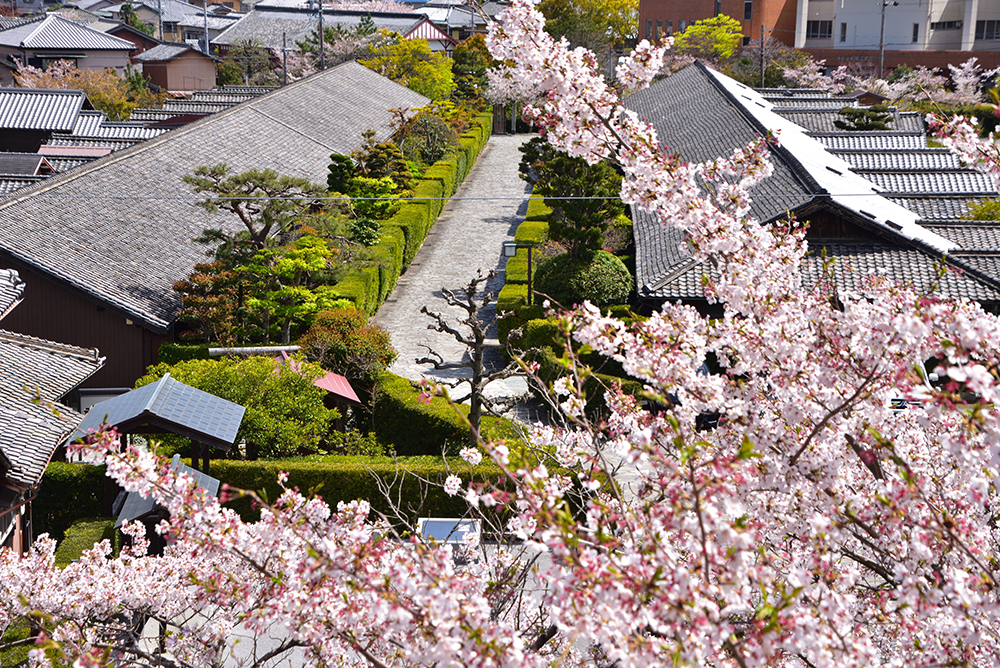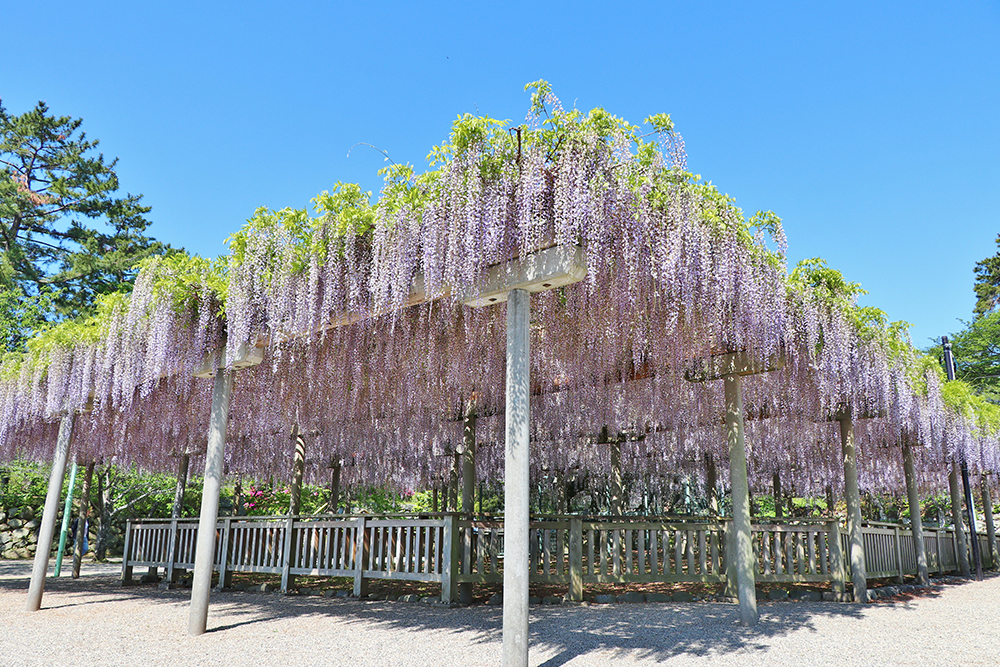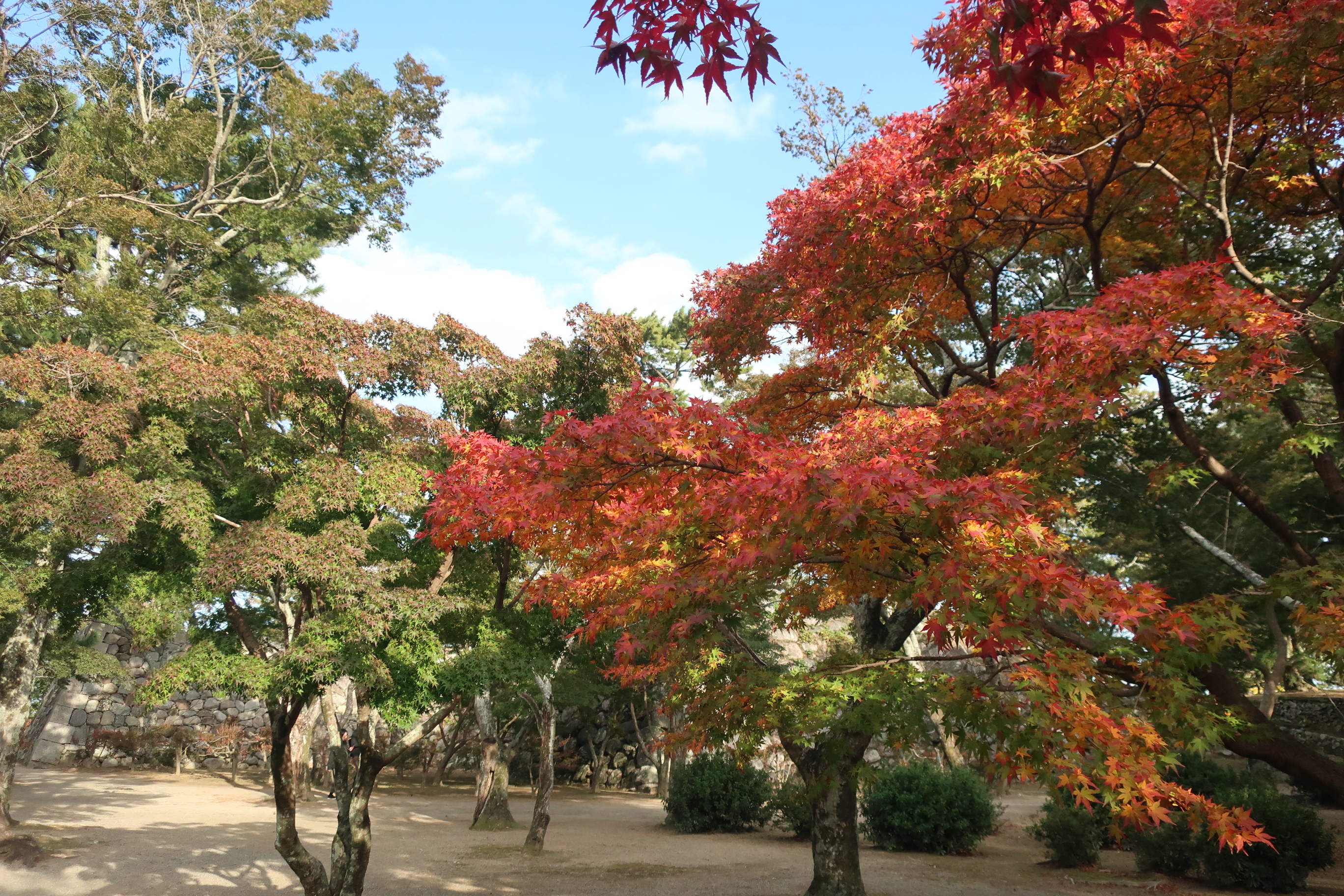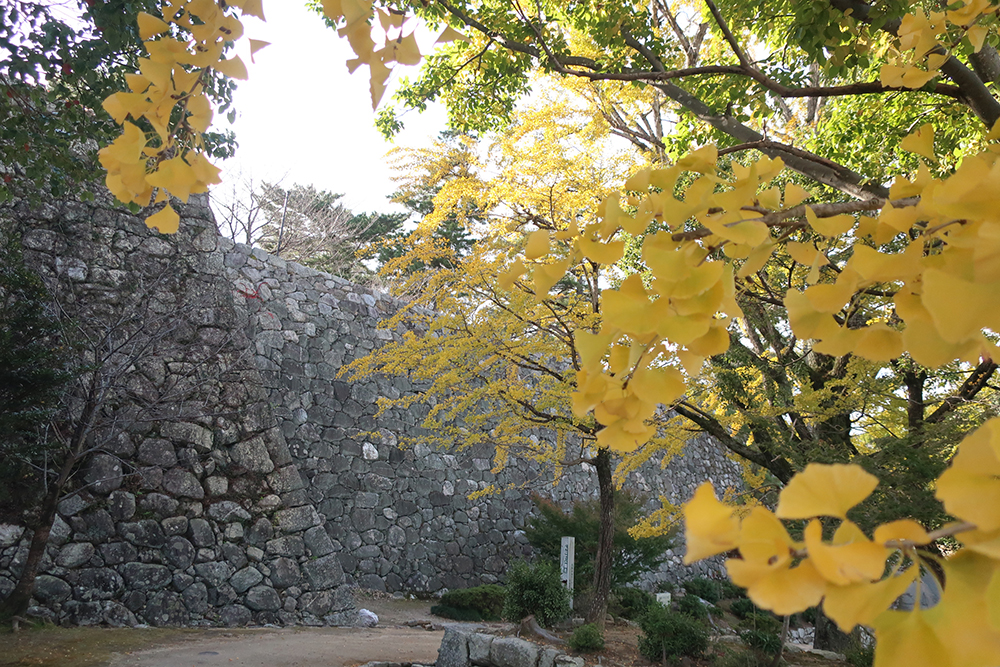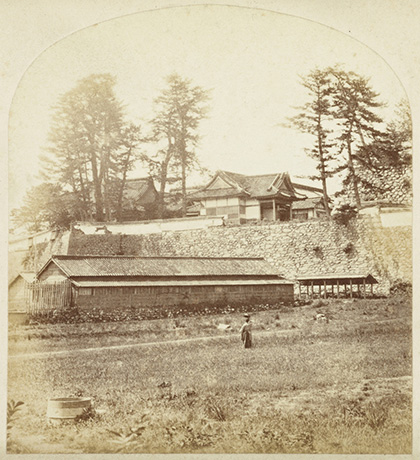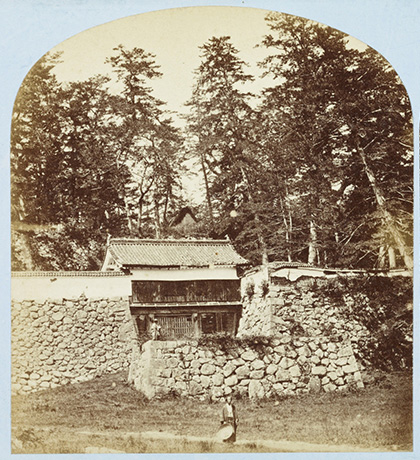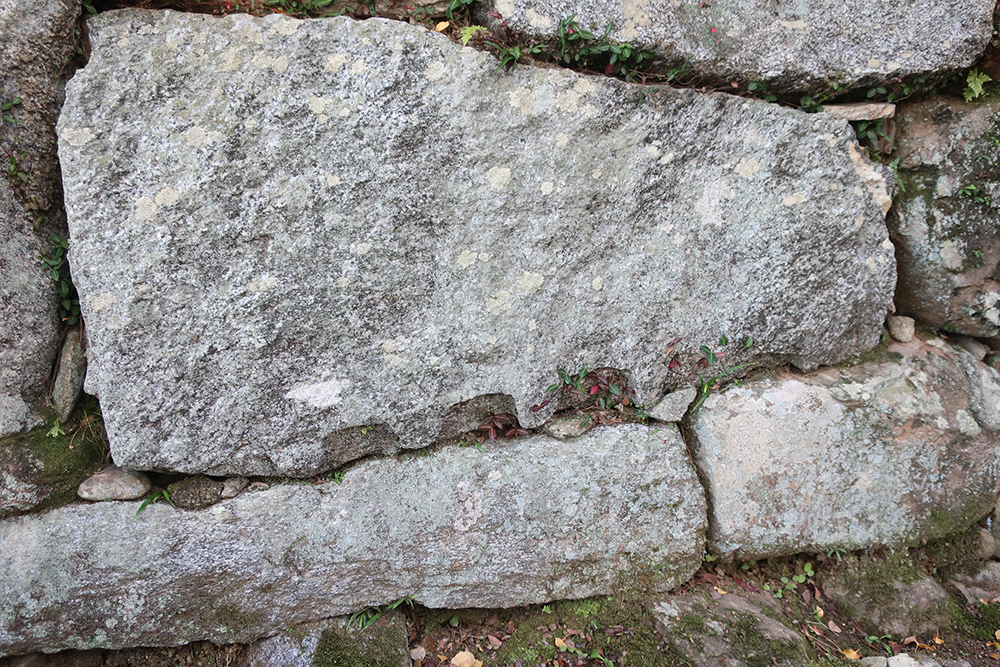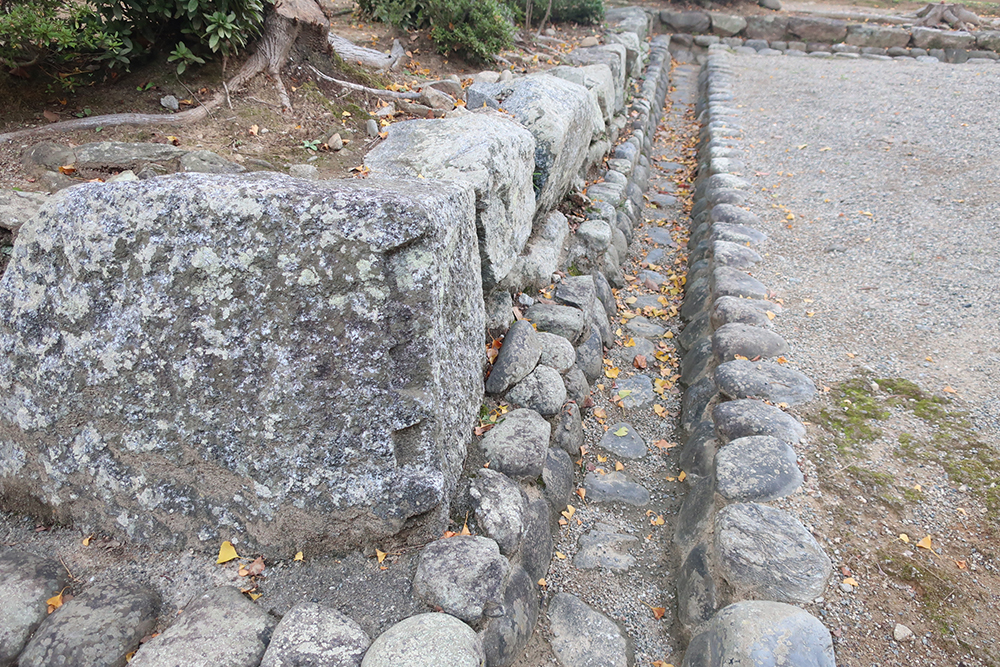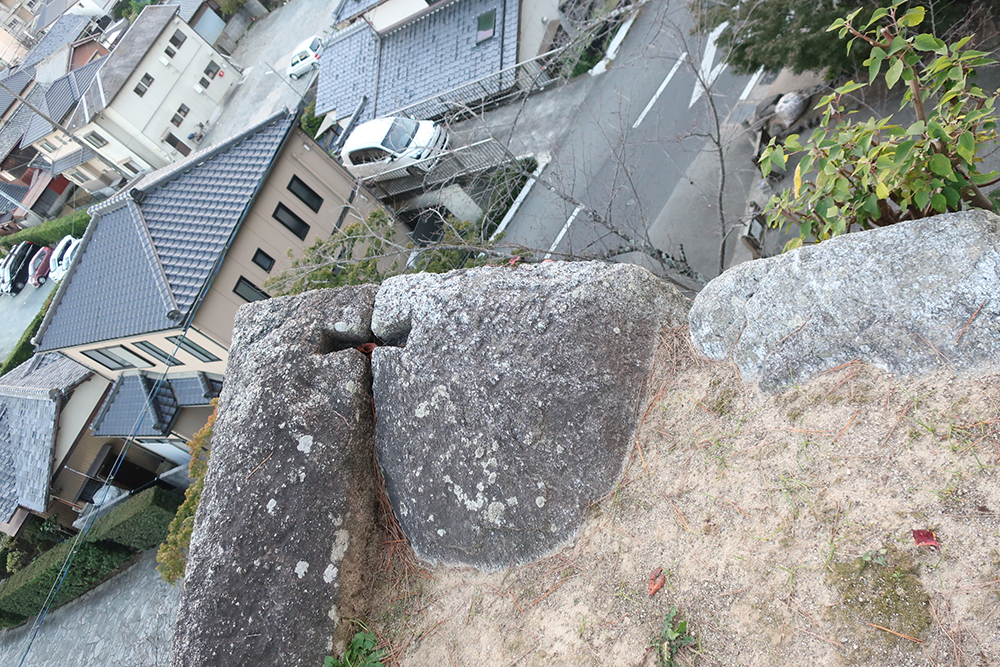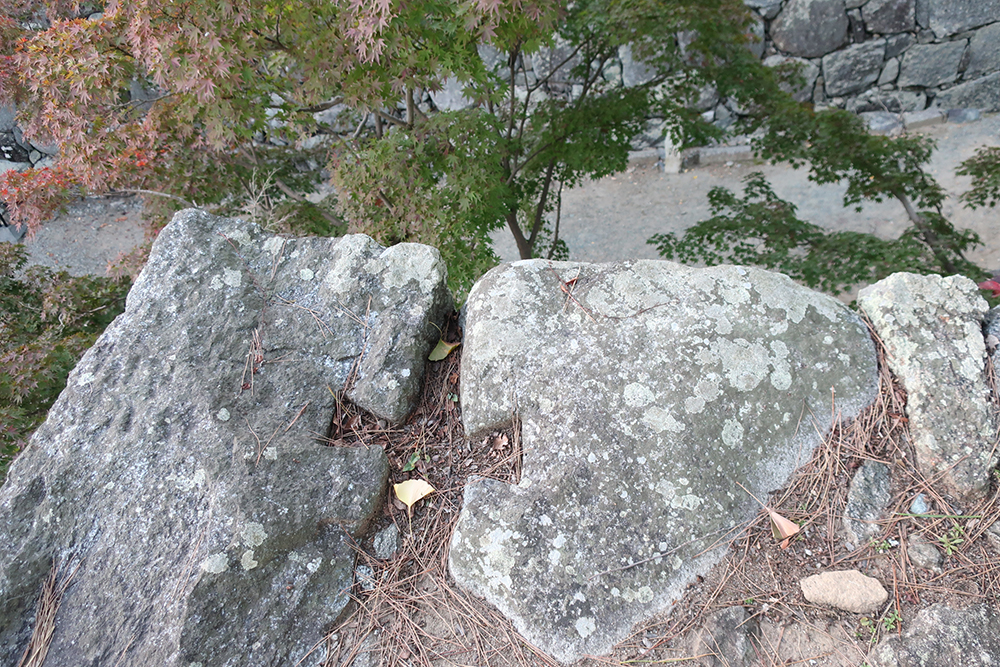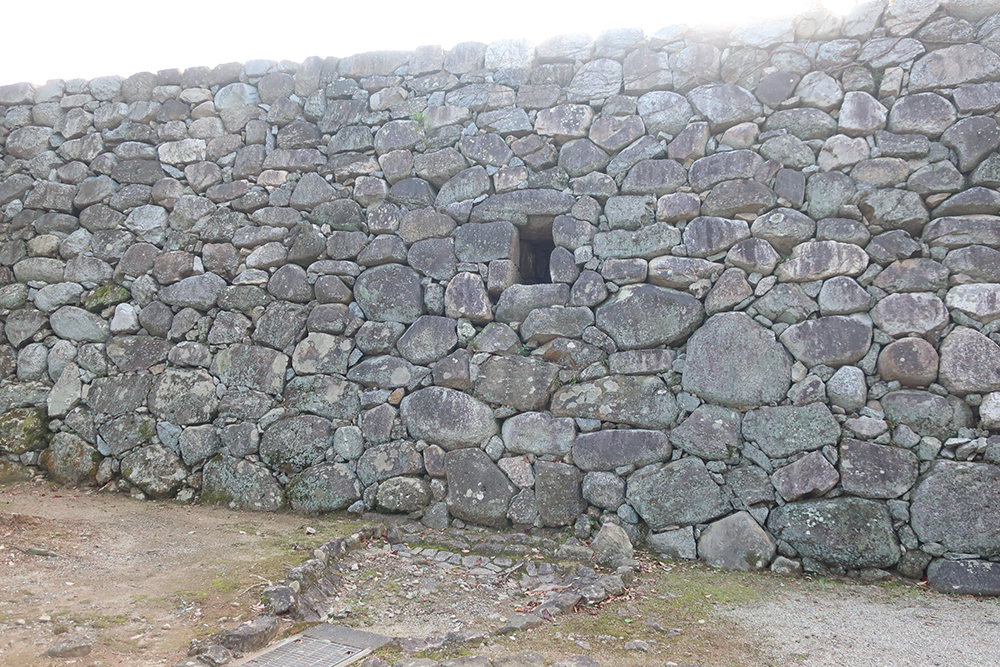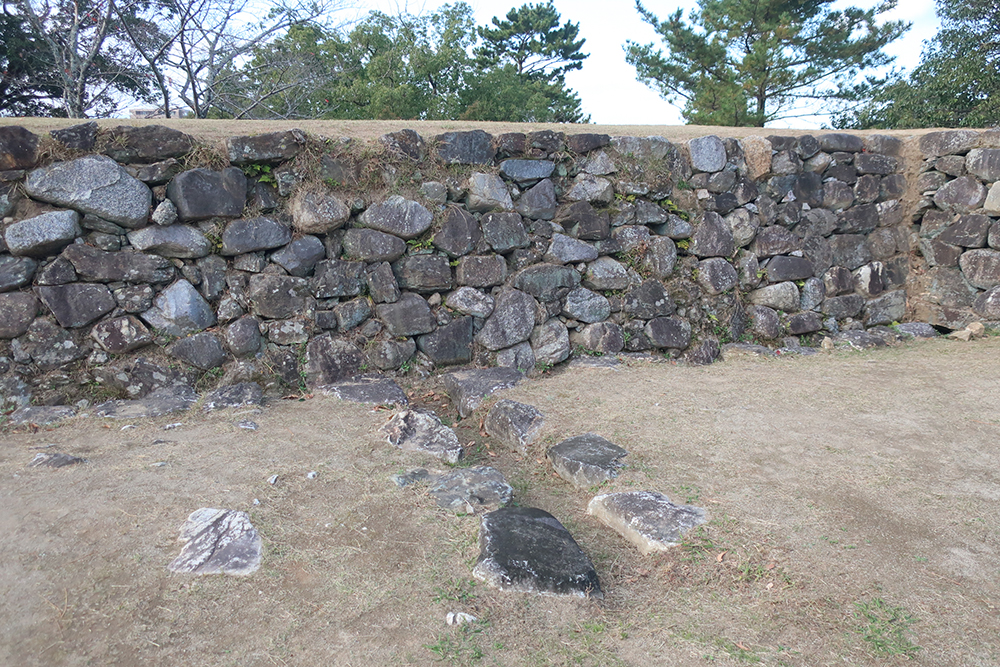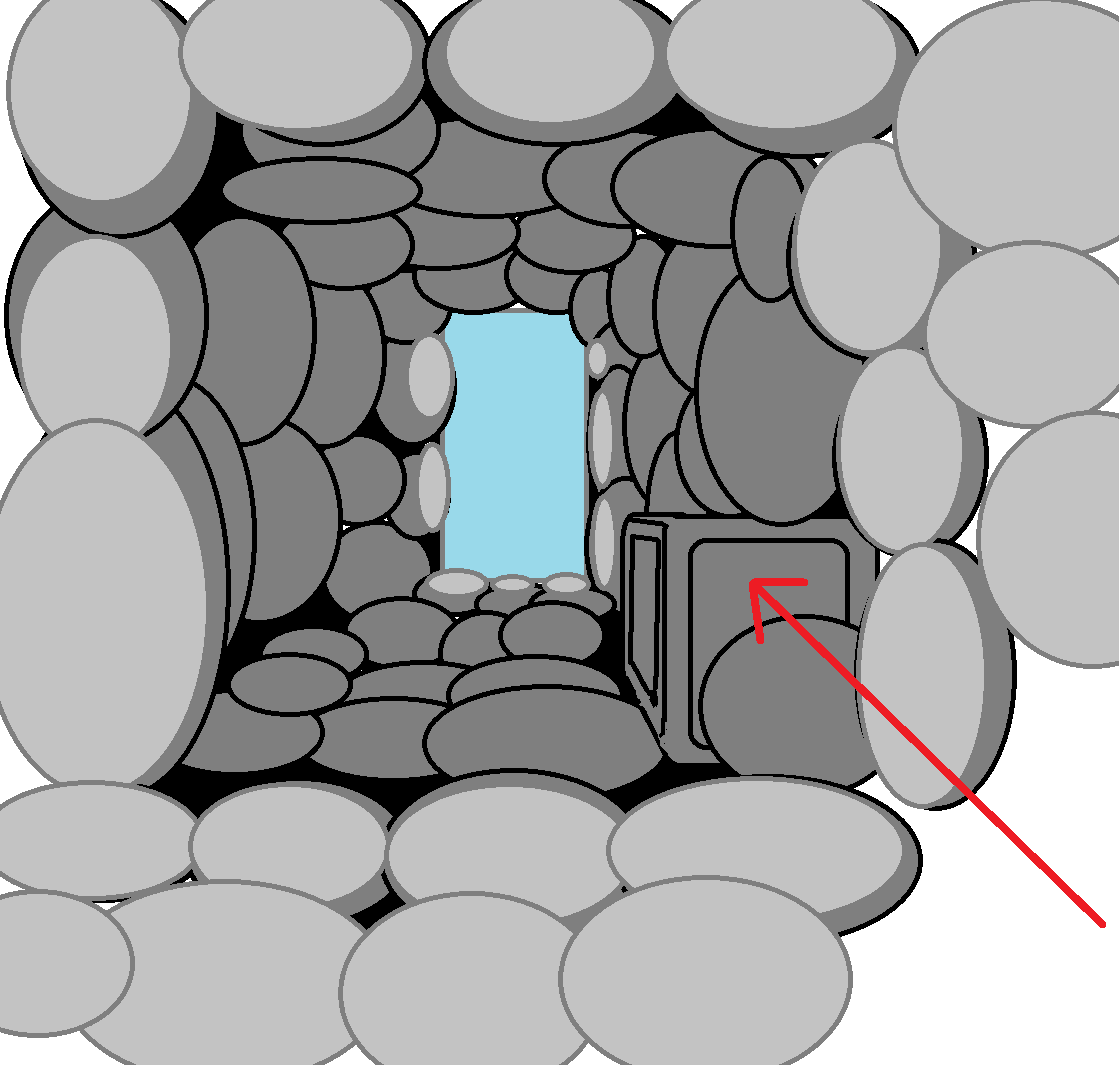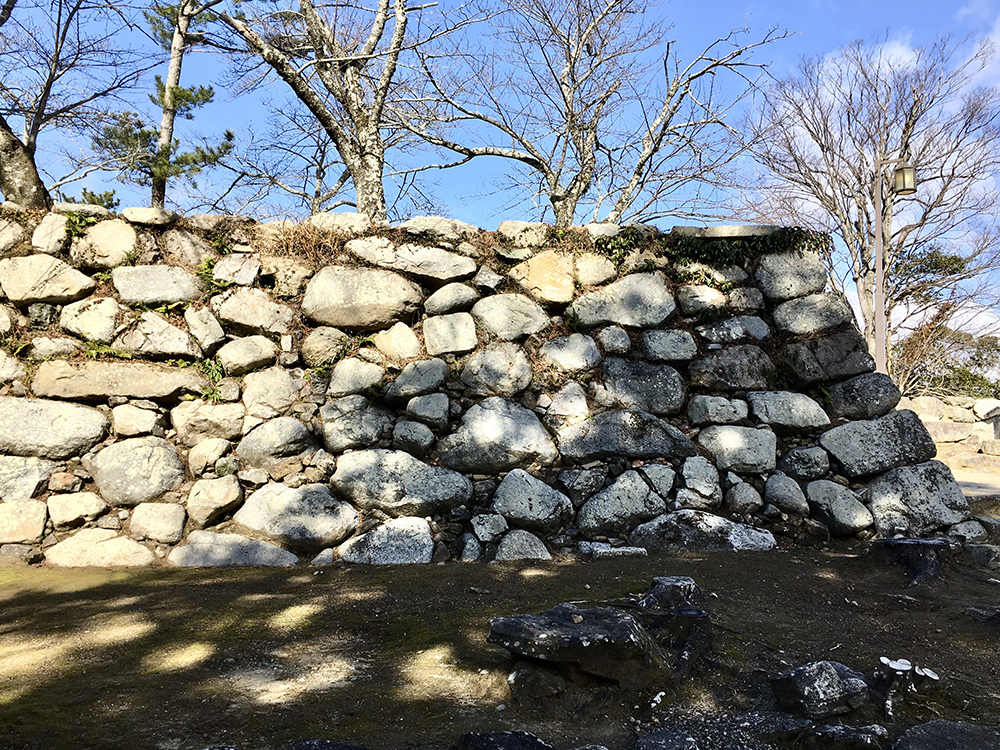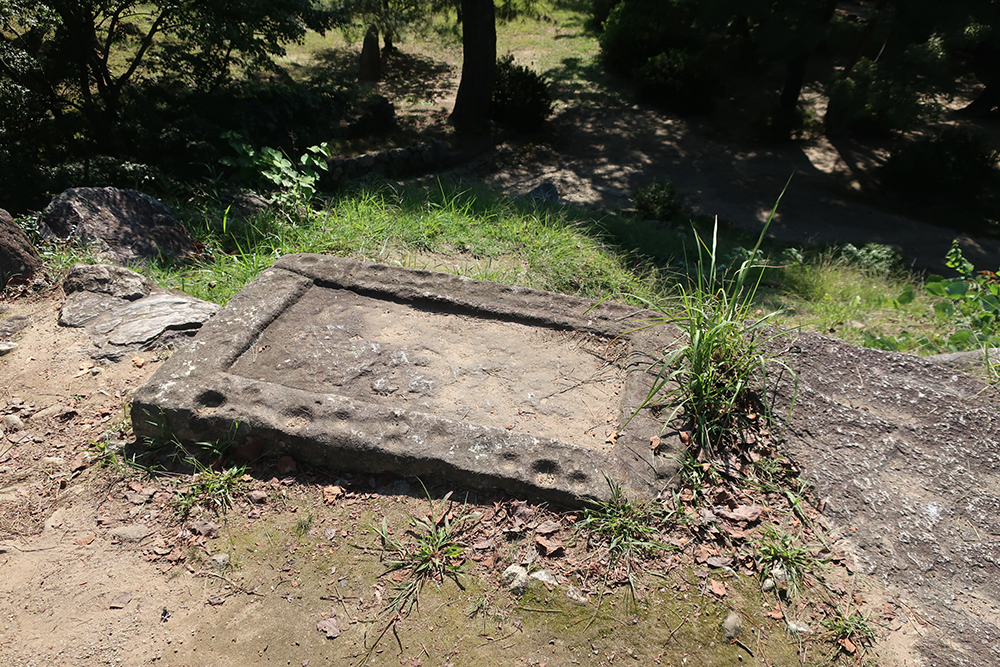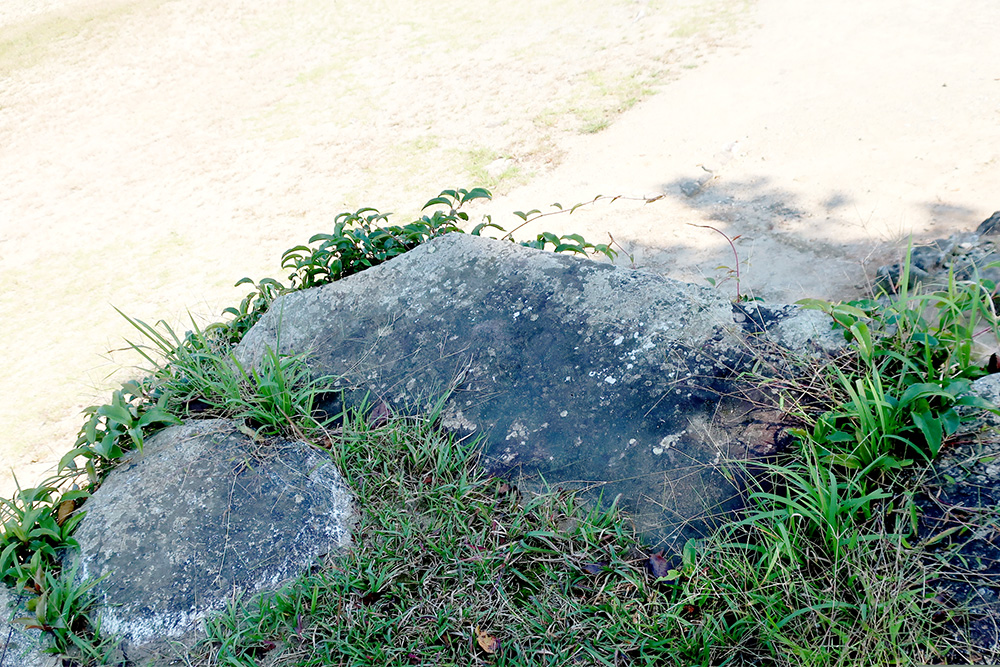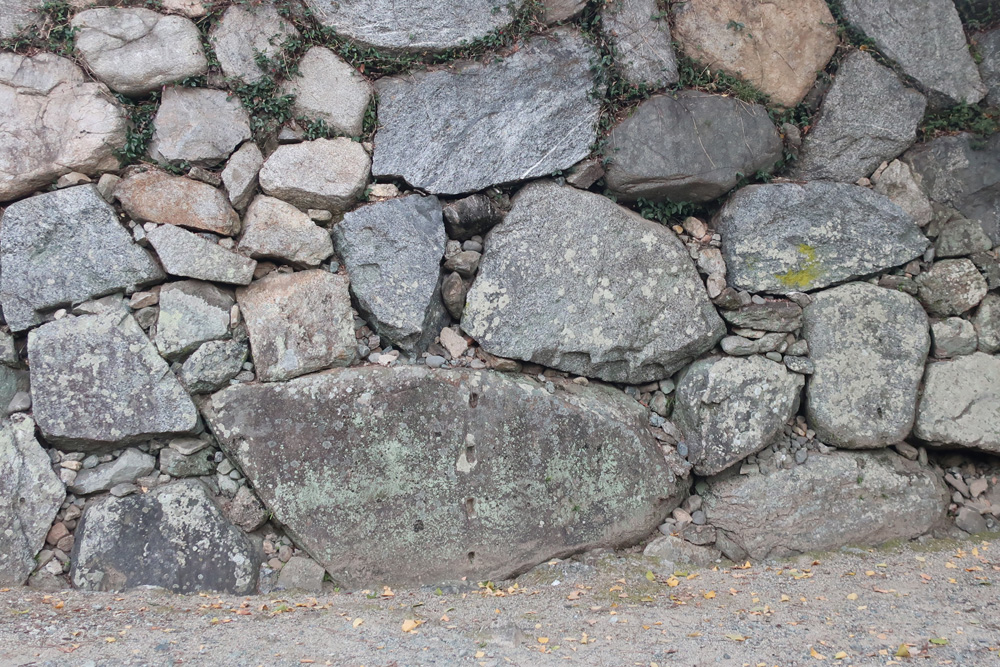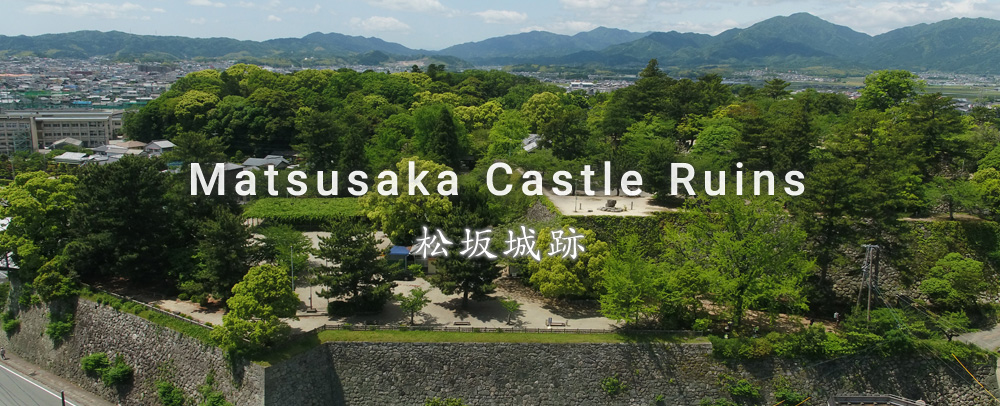
GENERAL INFO
Entry is free. Always open.
There are no castle buildings. However, the stone walls and foundations are very well preserved.
Please enjoy the flowering trees in spring, and red and gold leaves in fall.
A National Historic Site. Selected as one of 100 Best Castles of Japan. (Castle stamp is available at Matsusaka City Museum of History and Folklore. )
HISTORY
Matsusaka Castle was built in 1588 by Gamo Ujisato.
Ujisato was a feudal lord who served the warlords Oda Nobunaga and Toyotomi Hideyoshi in their conquest to unify all of Japan. In that era, Japan was divided into many small territories.
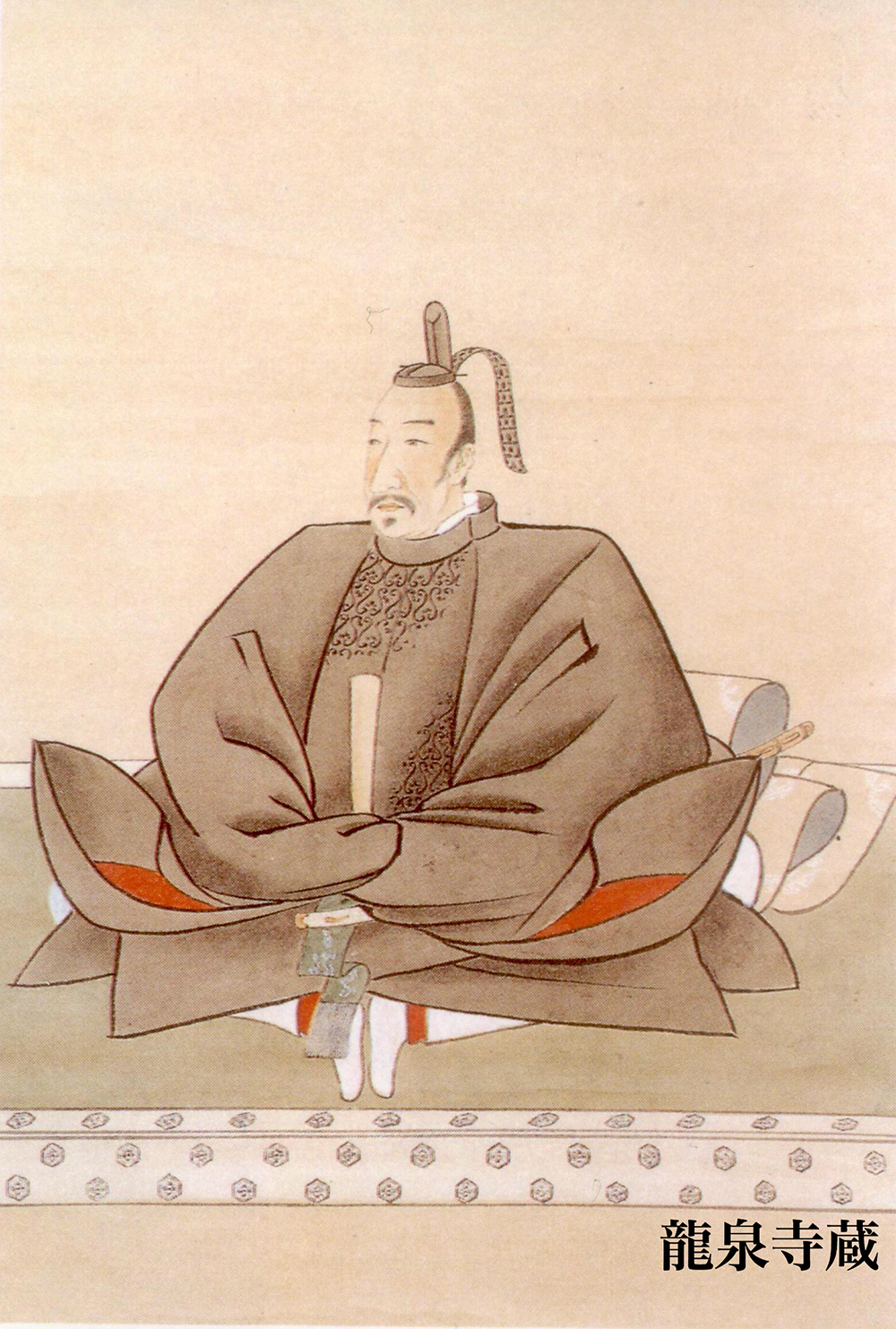
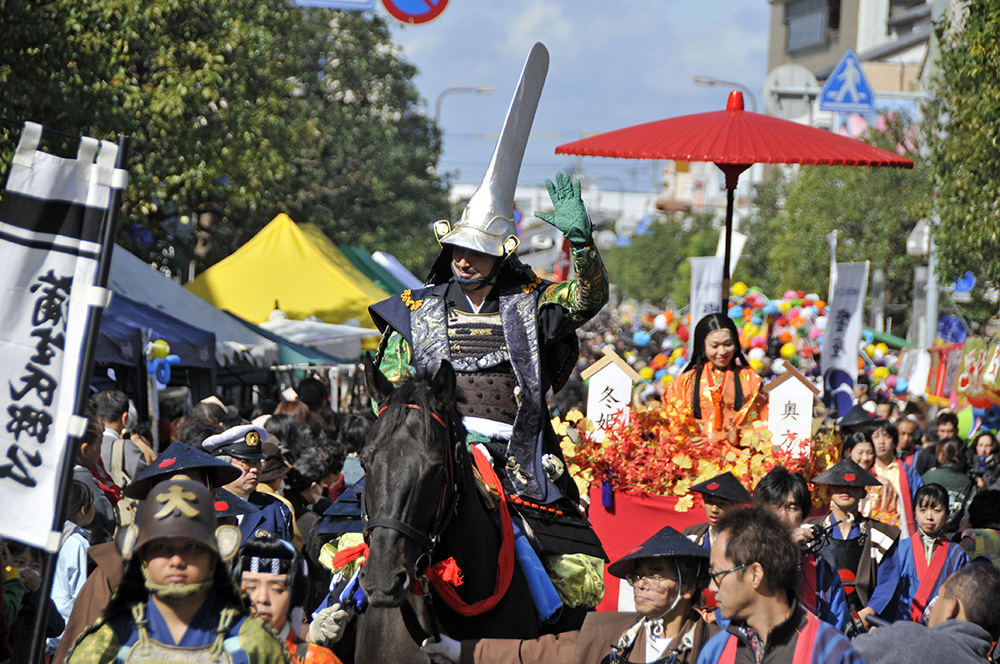
Ujisato is also the founder of this city.
Every year on November 3rd, Matsusaka City holds a festival in his honor called Ujisato Matsuri.
It features a person dressed as Ujisato in a large parade of people in historical costumes.
| 1556 | Ujisato is born in Shiga Prefecture. His father is the lord of Nakano Castle. |
|---|---|
| 1568 | His father allies with Oda Nobunaga, and Ujisato is sent to serve at Nobunaga’s castle. He is 13. |
| 1569 | Ujisato proves his bravery in his first battle at the age of 14. Nobunaga gives him his daughter as a bride. |
| 1582 | Nobunaga is betrayed and killed, so Ujisato shelters Nobunaga’s family in Nakano Castle. He now serves Nobunaga’s successor, Toyotomi Hideyoshi. |
| 1584 | Hideyoshi rewards Ujisato with a new, larger territory in Mie Prefecture. He moves into Matsugashima Castle. |
| 1585 | Ujisato starts construction on Matsusaka Castle, 4 km to the south. |
| 1588 | Matsusaka Castle is started using in only three years. Ujisato moves the citizens from Matsugashima to create the new castle town. |
| 1590 | Hideyoshi moves Ujisato to a new, larger territory in Fukushima Prefecture. |
| 1595 | Ujisato dies at age 40 due to illness. |
The function and appearance of Matsusaka Castle changed over time.
After Ujisato, two other castle lords occupied the castle.
In 1619 Matsusaka became part of a larger territory and no new lords moved in. Instead, a lower-level official was put in charge and the castle was used as a local administrative center.
In 1644 Matsusaka Castle lost its castle tower because of a storm.
In 1881 the castle ruins became Matsusaka Park. These pictures taken in 1872 show many structures still standing.
MAP AND GUIDE
Allow yourself 20-30 minutes.
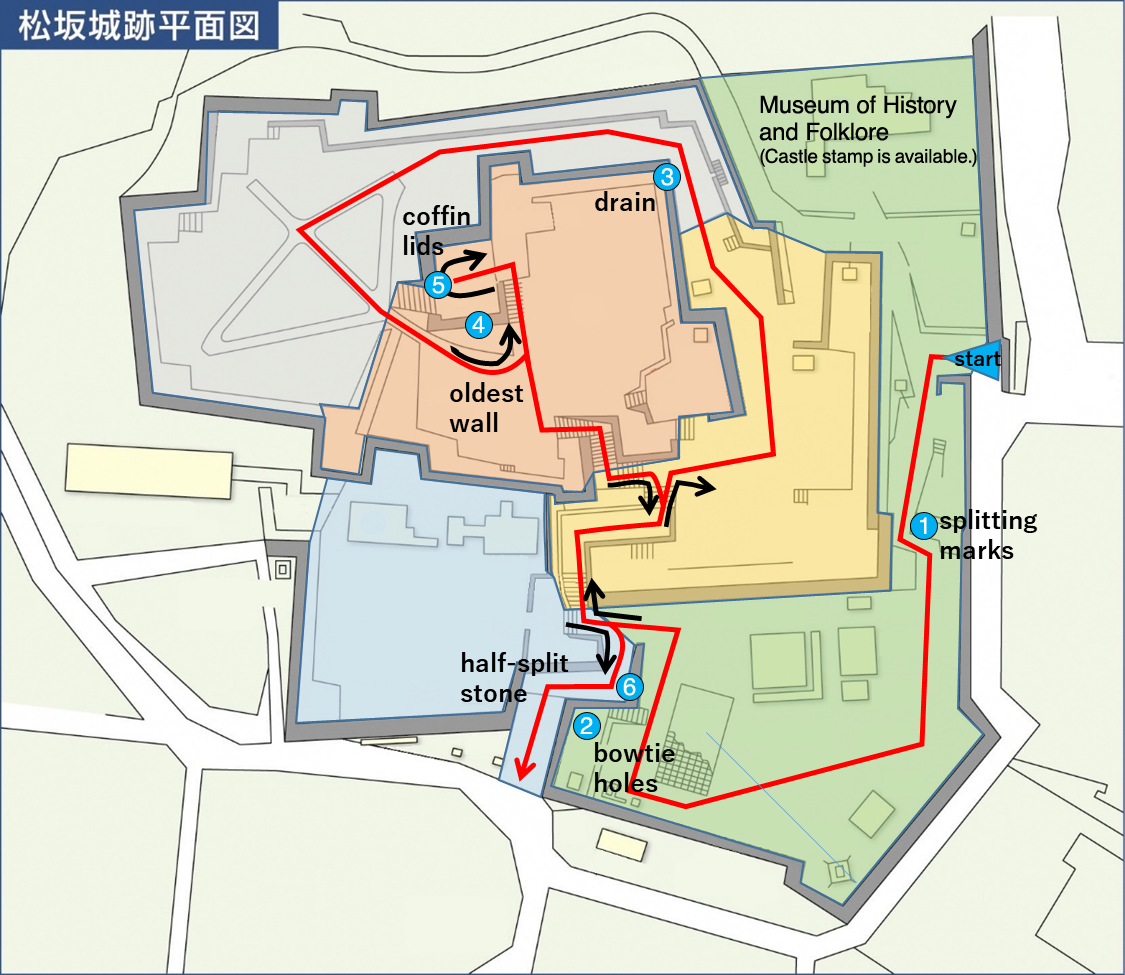
| Ninomaru | Had a building for important guests and for administration. Now has a large wisteria trellis in the south and history and folklore museum in the north. |
|---|---|
| Honmaru (Lower) | Had three watchtowers in the north, east and south corners. |
| Kitaimaru | Had watchtowers at every corner. Now a garden of plum and other trees. |
| Honmaru (Upper) | The highest level of the castle, where the main castle tower used to stand. Had two watchtowers in the north and east corners, and a large living quarters. |
| Inkyomaru | Had two warehouses, a granary, and a treasury. |
STONE WALLS (Ishigaki)
While walking around Matsusaka Castle Ruins, pay attention to the stone walls, or ishigaki.
Repairs were made to the walls at various points in history using different techniques.
This means you can tell which parts of the castle are newer or older by the shapes of the stones. Plus, there are a few surprises!
Nozura-zumi
The original style of Matsusaka Castle, with natural stones taken from the nearby river. It is the oldest technique.
- - Natural shapes
- - Wide gaps
- - Irregular
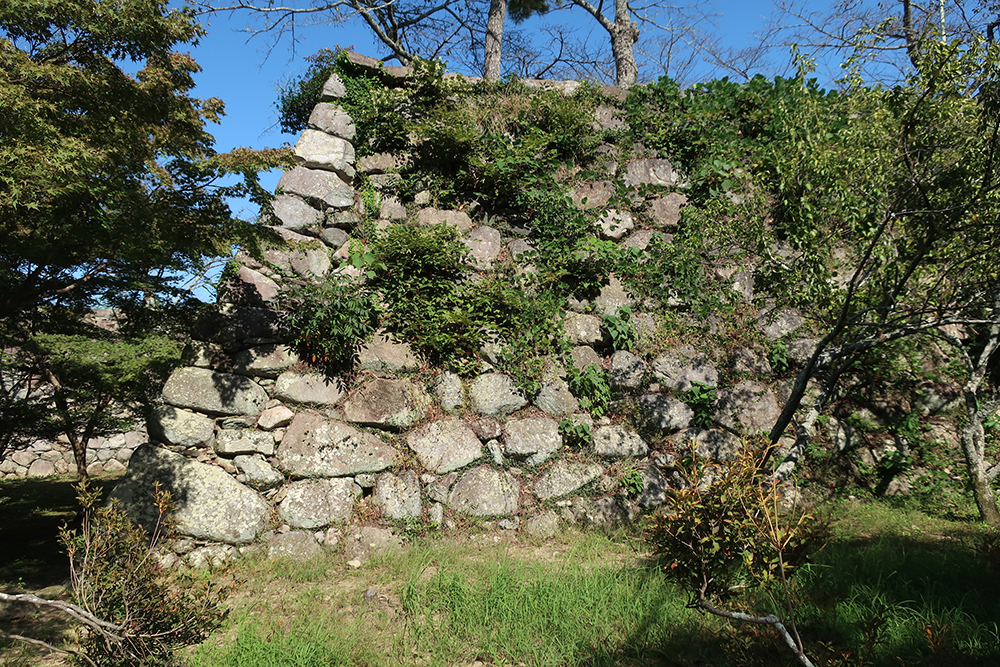
Uchikomi-hagi
A newer technique where the stones are chiseled or hammered into shape. The gap between stones is smaller than in nozura-zumi. You can see this technique where repairs were made.
- - Angular shapes
- - Smaller gaps
- - Tool marks
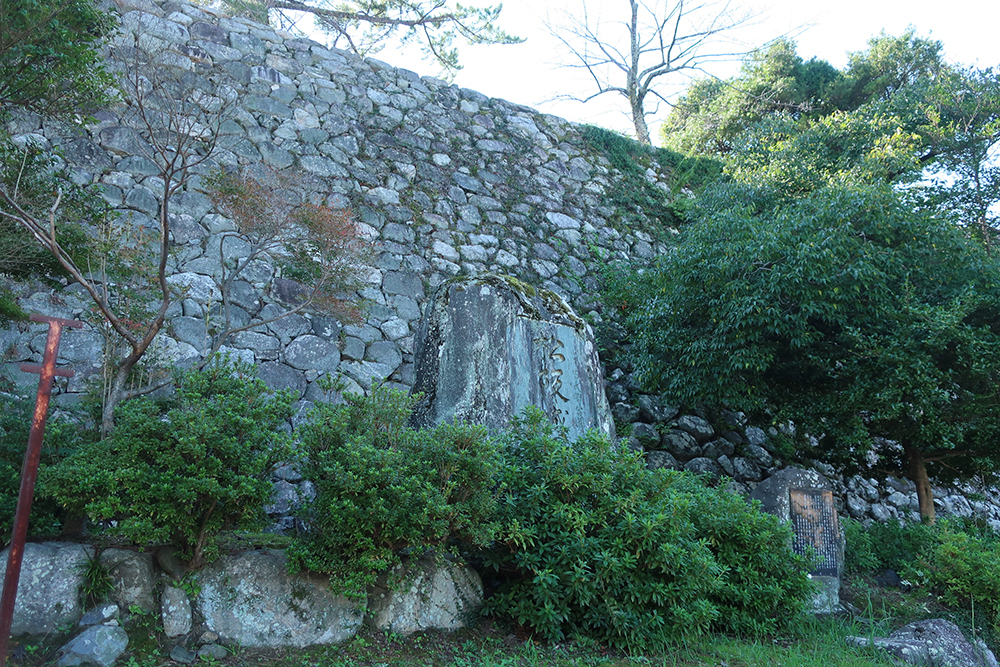
Sangi-zumi
Rectangular blocks are used to form the corners of the walls. You can see this technique where repairs were made.
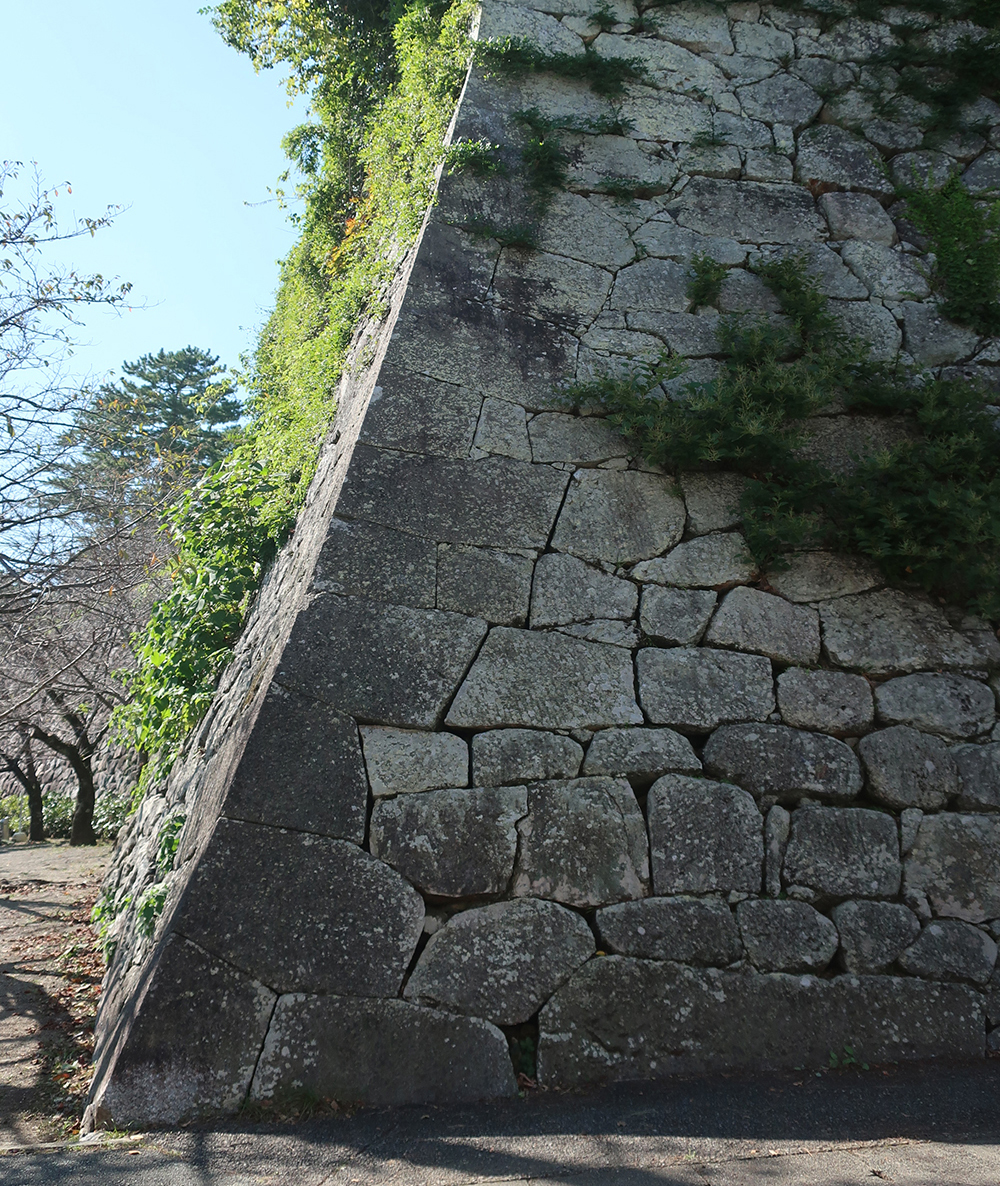
Points of Interest

Marks from splitting stones
These stones were split from larger rocks by driving wedges into them. Many examples throughout castle.

Bowtie-shaped holes
A kind of staple was inserted to hold the stones together.

Drain with stone from temple
Look from both sides to understand the design. If you look inside the drain from the upper level, you can see a cube-shaped stone on the right side. It is thought to be reused from a temple sculpture.

Oldest stone wall
This wall is made of all natural stones, and the corner is a primitive design, so it is thought to be the oldest. The top of the wall has been repaired, though.

Stone coffin lids
Taken from ancient tombs and reused as foundations for the castle tower. Matsusaka Castle was built in a hurry—in only 3 years—so stones were taken from various places.

Half-split stone
It looks like workers started to split the stone with wedges, but gave up and used the stone as-is.













